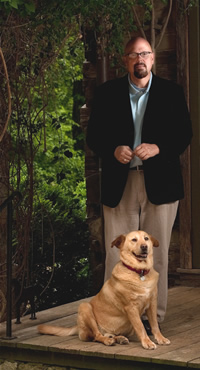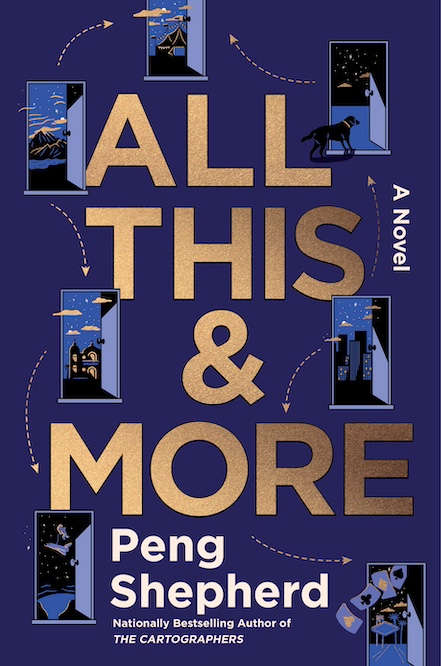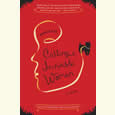The Civil War, Up Close
A new edition of Sam Watkins’s classic memoir describes a Confederate foot soldier’s life
Historians, documentarians, and novelists—from Ken Burns to Margaret Mitchell—all rely, for Civil War period detail, on the text of Company Aytch or A Side Show of the Big Show by Sam R. Watkins. First published in 1882, this view from the ranks fills a void left by most other historical sources, which tend to concentrate on generals, strategy, troop movements, and battles. In Company Aytch, Watkins, a private in the Army of Tennessee, explains what it was like at a whole series of major battles—Shiloh, Stones River, Missionary Ridge, Atlanta, Jonesboro, Franklin, and Nashville, among many others—doing his duty as the musket balls and artillery shells whizzed by him. Now this classic is being rereleased by Turner Publishing in Nashville with an introduction by Franklin historical novelist Robert Hicks. This edition, revised according to Watkins’s notes from the 1890s, includes many corrections and additions and should be considered the definitive text of the book.
Company Aytch is a valuable resource for understanding the life of a Confederate foot soldier. Watkins, a Maury County native, is an unpretentious narrator, professing no special qualifications or insight concerning either the Constitutional questions behind the war or the military issues that shaped it, and making no claim to a thesis: “I had no object in writing the book, only to interest and amuse the public.” In 1861 at age twenty-one, as he describes it in Company Aytch, he joined the First Tennessee simply to fight “in Defense of Southern Homes and Liberties.”
This vague motive took a big hit when the Confederacy turned its twelve-month volunteers into conscripts for the duration, but Private Watkins stuck it out, learning to sleep on his feet while marching all night, picking lice, subsisting on inadequate rations, and wading through the gore of battlegrounds, looking for the bodies of comrades. Company Aytch describes the good times, too—as when the women and girls of Kentucky welcomed the troops with banquets and cockades: “All was lovely and the goose hung high. We went to dances and parties every night.” Episodes of manly patriotism occasionally flare up in the tale, as well, but only until the next battle or disciplinary flogging or execution.
 Perhaps surprisingly for such a grim narrative, Watkins does offer moments of comic relief. He had many friends among the ranks, with whom he sometimes sneaks off to steal fresh “roastingears” or visit girls, acts of relatively minor disobedience that nevertheless risked draconian punishment. He tells of his friends’ outrageous quirks, the jokes they played on each other between battles, and the fun they made of some of the generals and officers.
Perhaps surprisingly for such a grim narrative, Watkins does offer moments of comic relief. He had many friends among the ranks, with whom he sometimes sneaks off to steal fresh “roastingears” or visit girls, acts of relatively minor disobedience that nevertheless risked draconian punishment. He tells of his friends’ outrageous quirks, the jokes they played on each other between battles, and the fun they made of some of the generals and officers.
For Watkins and his comrades, the quality of daily life depended as much on leadership as on battle conditions. Morale improved in the company after General Joe Johnston replaced General Bragg, for example, and glory returned at Kennesaw Mountain, as Watkins describes the heroism—but also the carnage—he saw all around him. At that moment, his own motive for enlisting was rekindled: “They died for the faith that each state was a separate sovereign government, as laid down by the Declaration of Independence and the Constitution of our fathers.” Spirits flagged again, however, when General Hood replaced “Old Joe,” and the whole Confederate Army disintegrated at the Battle of Nashville. In the years after the war, Watkins transferred his patriotism to the Union with no regrets.
As a narrator, Watkins is a likeable fellow, and his prose is engaging, although, as he writes, “I do not claim to be a finished writer or even of ordinary education.” In fact, Watkins had an uncommon gift for both imagery and diction, choosing just the right word to convey a thought or experience, and he had a keen appreciation of ironies. Though a “farm boy,” he grew up in a big, colonnaded house; was educated at Jackson College, in Columbia, Tennessee; and was surely more literate than most of his comrades in the ranks. Yes, the writing can be rough, and parts of it read like a first draft, flowery and rambling. The narrative itself is patchy: Watkins conveys his story in a series of scenes, or vignettes, and some of them, he admits, are “overdrawn” and “written more in a spirit of humor and burlesque than the facts.” Nevertheless, he is careful to point out, “every one has a foundation of truth.”
But Watkins’s valuable description of soldier life includes what he and other soldiers were thinking and saying about the bigger picture, about officers, leadership, patriotism, and the conduct of war in general: “Dying on the field of battle and glory is about the easiest duty a soldier has to undergo,” he observes. “It is the living, marching, fighting, shooting soldier that had the hardships of war to carry.” Watkins certainly endured unimaginable hardships and was right there in the midst of some of the bloodiest battles of the war. Fortunately, the shells, bayonets, and most of the bullets missed him, and he managed to endure the whole four years–one of only seven survivors of the original 120 soldiers in Company H–to give this remarkable, intimate look at the Civil War.


